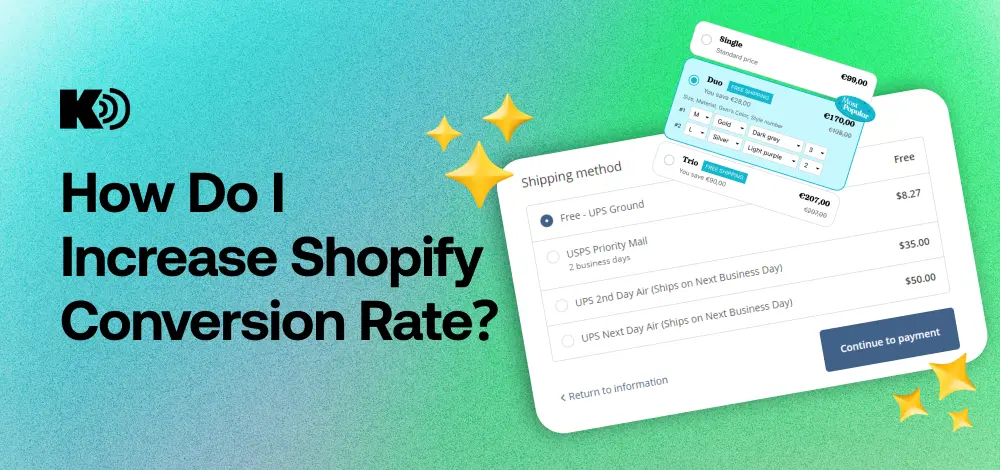AOV vs ACV in Ecommerce: 5 Key Differences Explained (2025)
AOV and ACV are key metrics for maximizing revenue in e-commerce. You must understand how they work if you want to build a profitable Shopify brand in 2025 and beyond.

Although both KPIs are similar, they are not identical. In this post, I’ll break down AOV vs ACV—what they mean, their key differences, and when to use each.
Key Definitions
What is AOV (average order value)?
AOV, or Average Order Value, is an e-commerce metric that measures the average amount of money a customer spends per transaction over a specific period. You can calculate it by dividing total revenue by the total number of orders during that time frame.
AOV is an important benchmark for understanding customer purchase habits, identifying upsell opportunities, and increasing profitability. However, you shouldn’t rely on AOV alone, as it leaves out important insights about what happens before a transaction is completed.
What is ACV (average cart value)?
ACV doesn’t mean the same thing in every industry—it changes depending on the context. In the SaaS/enterprise sales industry, it refers to Annual Contract Value, a measure of the average annual monetary value of a customer's contract or subscription. This post is about ACV for e-commerce, which stands for Average Cart Value. Due to the similarities in acronyms, business owners often mistake one metric for the other.
ACV, or Average Cart Value, is an e-commerce metric that measures the average monetary worth of all items a customer adds to a shopping cart over a set period. You can calculate it by dividing the total monetary worth of items added to shopping carts by the overall number of shopping carts created by customers over a given period. When calculating ACV, you should include both completed and abandoned carts in your data, as they make up the total shopping carts created.
AOV vs ACV: Key Differences (Table)
While AOV only considers completed transactions, ACV takes into account data created before checkout. As a result, ACV is more focused on potential revenue than actual revenue. You can use ACV to understand customer shopping behavior slightly better than with AOV.
When do we use AOV over ACV and vice versa?
Use AOV when measuring paid traffic performance
Since AOV directly impacts paid traffic performance indicators like ROAS, it's the better metric for analyzing your ad campaigns. For example, increasing AOV without spending more on ads will automatically boost your ROAS. Want to know more? Take a look at our latest post on boosting average order value.
Use ACV to supplement AOV strategies
It’s best to use ACV in comparison with AOV. When customers add items to their carts, it signals genuine purchase intent. However, not all of the products in the cart end up in the order basket.
If your ACV is significantly higher than AOV, it means shoppers are removing items from their carts before converting. With that information, you can experiment with some great conversion rate or checkout process optimization ideas and see their impact. Most times, the problem stems from the cost of buying the extra items, and offering product bundles or volume discounts can fix it easily. All you need is a bundle app for Shopify to implement both strategies in minutes.
How to check both metrics in Shopify?
You can easily find your store’s AOV on Shopify admin. Click on “Analytics,” located on the left side of the screen, to open a dashboard of your core metrics. Your “Average order value” will appear as one of those metrics. Click on the AOV widget to reveal more detailed historical data.

Shopify does not currently offer a straightforward way to check ACV. However, you can do so by downloading third-party plugins with the feature. We recommend Cartlytics or StoreView.
Bottom Line
Both AOV and ACV offer valuable insights into revenue opportunities in your store. But you have to use them together to get the best results. Although AOV is better for analyzing ad performance, ACV can supplement it, giving you a clearer picture of your customers’ shopping patterns.

Start your 14-day free trial
Join over 28,000+ merchants already growing with Kaching Appz®.




